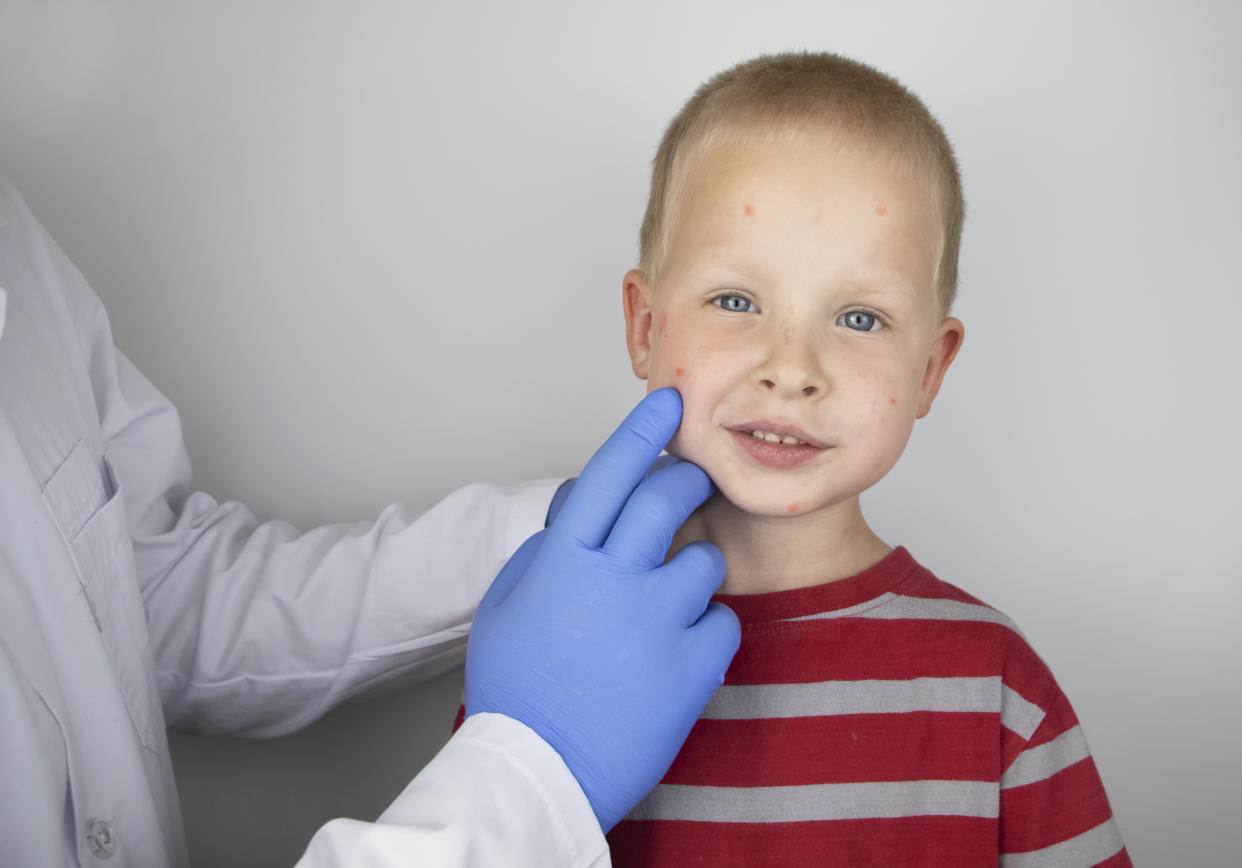
Most healthy children typically do not need to see a dermatologist for routine skin checks, as the risk of skin cancer in children under 13 is very low. However, for peace of mind, bringing children in for a check every two years is considered reasonable by some experts.
For specific skin concerns like rashes, children may not immediately need to be evaluated by a dermatologist, as many common and uncomplicated conditions can often be addressed by a pediatrician. Pediatricians are skilled in identifying children who may benefit from seeing a dermatologist, so parents should consult them first before heading to the dermatologist.
The appearance of new moles and freckles on a child’s skin may raise concerns about skin cancer, but it is normal for children to develop new moles and for existing moles to change with growth. Nevertheless, parents should regularly look at their children for signs of skin cancer. If a concerning change in any skin lesion is noticed, getting it evaluated is recommended. A child may need to be seen by a dermatologist if a mole or freckle has become asymmetric in appearance, the border or color has changed, the mole has grown, or if it causes discomfort.
Children with a history of skin cancer in the family, those with more than 50 moles, a history of sunburns, immunosuppression, or rare genetic disorders may need to be evaluated by a dermatologist more frequently. People of color are less likely to have skin cancer but are more likely to die from it due to a delay in detection. Other skin conditions that might prompt a visit to the dermatologist include chronic or severe eczema, severe acne, fungal infections, birthmarks present at birth, viral infections, persistent diaper rashes, psoriasis, vitiligo, and serious skin diseases such as lupus.
There is no consensus on regular skin screenings for children in the U.S., though annual skin checks are recommended for adults with risk factors. If a child has a skin issue, it should be looked into. Otherwise, most dermatology clinics advise waiting at least until adolescence to seek out their services.













